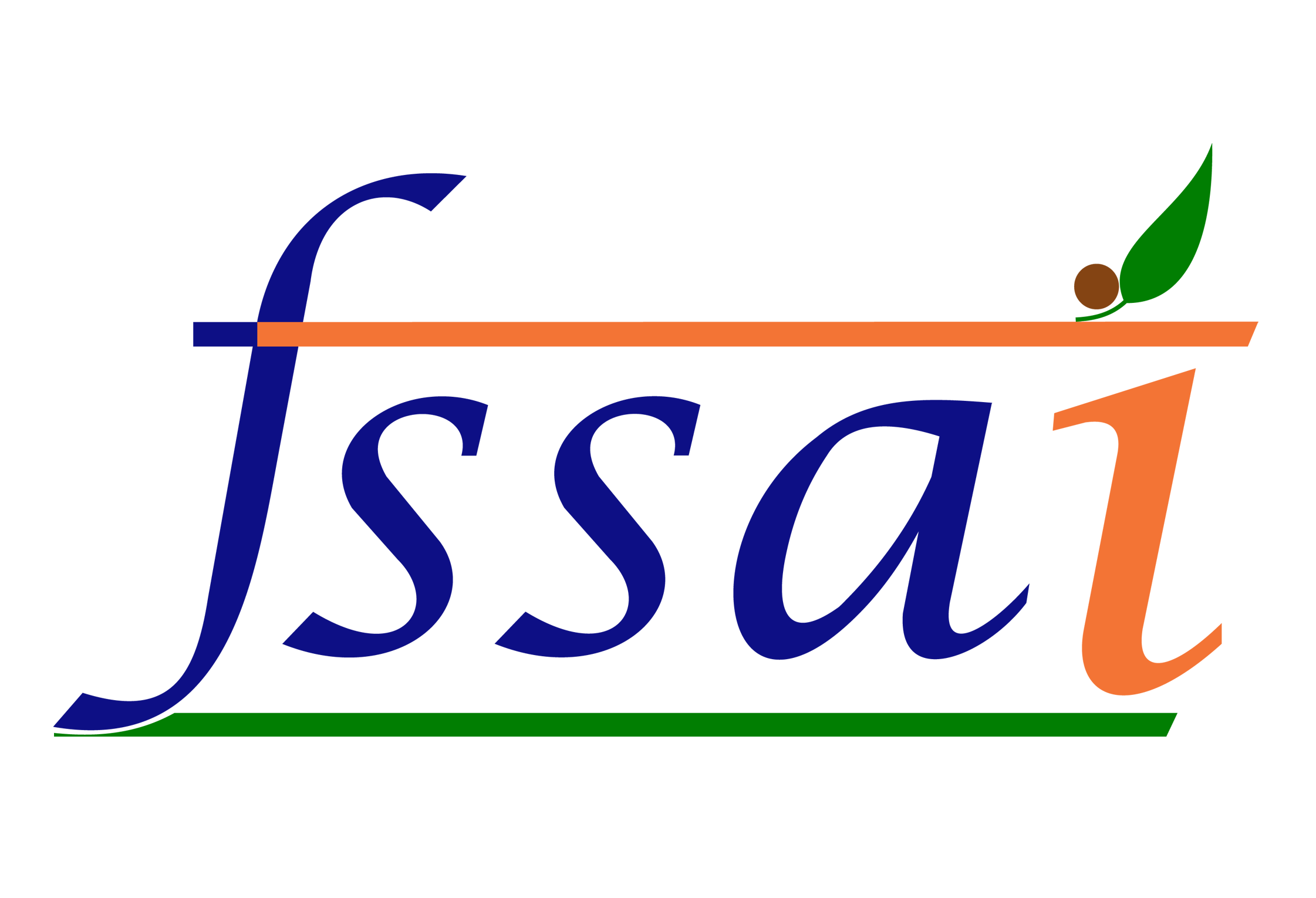Food poisoning is a common disease condition that usually results from ingesting food contaminated with infectious microorganisms (viral, bacterial, parasitic or fungal) or toxins secreted during different stages of food processing, production or preservation. Bacteria is the main reason in more than 80% of food poisoning cases. Symptoms of food poisoning that may begin within hours of eating contaminated food, often include nausea, vomiting or diarrhea. An incident of food poisoning is termed as an outbreak if it happened that symptoms of the disease appeared in more than two people.
Here’s another term called food intolerance!
It is an abnormal non-immune reaction with allergy-like symptoms that results from ingesting of food which would result from enzyme deficiencies, pharmacological reactions and response to toxic or irritant components of food. Symptoms due to food intolerance include skin rashes, urticaria, angioedema and eczema, nasal congestion, sinusitis, pharyngeal irritations, asthma and an unproductive cough, mouth ulcers, abdominal cramps, nausea, gas, intermittent diarrhea, constipation, irritable bowel syndrome and may include anaphylaxis. Examples include intolerance to lactose and intolerance to gluten. Monosodium glutamate, vasoactive amines, salicylates, toxins and irritants can also cause food intolerance.

The cost of an error!
The year 2022 has reported an increase in cases of food poisoning across the country. Unsafe food not just harms in the short-term but forms a spiteful cycle of food borne diseases which would cost an individual’s life. Despite a powerful monitoring body, the FSSAI, public awareness is still in short. The states, Telangana, Kerala and MP had fallen into the headlines for the casualty of their civilians due to the consumption of food from public places.

Here are few cases highlighted in the past times. 120 students of girls’ high school at Siddipet in Telangana fell sick after having lunch in the afternoon and were rushed into hospital. In Kerala, 16-year-old lost life on May 1, 2022 after consuming chicken shawarma from an eatery house. 40 people in Kerala were also reported to be critical and hospitalized along with the deceased. Another reported incident goes, over 95 children fell sick after consuming ‘Pani puri’ at a fair in Madla district of Madhya Pradesh.
It’s not just India that’s facing the issue but the whole world! WHO reported, in South-East Asia region, almost 150 million people fell ill with foodborne diseases in 2010 which led to 1,75,000 deaths. Statistically, 30% of the total population in the industrialized countries suffer from foodborne illness infection annually. About 76 million cases of food-borne diseases are reported annually, among which about 3,25,000 cases are treated in the hospitals apart from 5,000 deaths.
Cited here are some of the reported cases of various types of food poisoning. In 1994, In the United States of America, an outbreak of Salmonella infection caused by the consumption of contaminated ice cream was reported, which resulted in 2,24,000 individuals being infected. In 1998, an outbreak of Hepatitis A happened in China due to the intake of contaminated mollusks and which ended up causing an infection in 2,24,000 individuals. In 1997, the medical cost and production losses due to diseases caused by pathogens in the USA were estimated to be around 35 billion US dollars. Peru witnessed an outbreak of Cholera in 1991, that led to a loss of about 500 million dollars in fish and fish product exports during the year.

Most cases of food poisoning are caused by a variety of pathogenic bacteria, viruses or parasites all of which could contaminate the food, rather than chemical or natural toxins. The main types of bacteria that cause food poisoning have been classified into 12 types:
– Clostridium perfringens
– Staflo Aureus Staph. Aureus.
– Vibrio Species: V. Cholerae: V. Parahaemolylicus.
– Bacillus cereus
– Salmonella
– Clostridium botulinum
– Shigella
– Toxigenic E. coli
– Campylobacter
– Yersinia
– Listeria
– Aeromonas
Cases of food poisoning are generally limited in developed countries while widespread in poor countries. Food poisoning was the second most common cause of infectious disease outbreak in India in 2017. While the numbers just increased from 50 in 2008 to 242 in 2017.
How does food poisoning develop?
The above-mentioned food-borne pathogens may be found in any of the food that we are fond of. Although, when the food is cooked, most of the disease-causing bacteria and viruses are killed by the heat. Eating the food raw or uncooked most commonly leads to food poisoning. Also, the pathogens can contaminate the food if not reheated or stored correctly. The simplest thing, washing hands, if ignored could invite the pathogens home. Also, water could be a carrier of these pathogens. So, have a thorough check on your source of water as well!

The above-mentioned food-borne pathogens may be found in any of the food that we are fond of. Although, when the food is cooked, most of the disease-causing bacteria and viruses are killed by the heat. Eating the food raw or uncooked most commonly leads to food poisoning. Also, the pathogens can contaminate the food if not reheated or stored correctly. The simplest thing, washing hands, if ignored could invite the pathogens home. Also, water could be a carrier of these pathogens. So, have a thorough check on your source of water as well!
In India, Entamoeba is the most common cause of food-borne illness in India. Followed by, campylobacter bacteria, salmonella bacteria, E. coli bacteria and norovirus.
Which sector is prone the most to the threat of food poisoning?
The food service sector continues to be the most reported one causing foodborne diseases. Food poisoning becomes common in settings where meals are prepared for large gatherings like banquets, messes, religious occasions, and weddings. Even in Armed Forces, due to common kitchen practice, several outbreaks involving a varying number of personnel are reported every year. Food poisoning has been the second most common cause of disease outbreaks, after viral hepatitis, in the Indian Army.
Now, here’s a list of the top foods that are most likely to cause food poisoning.
- Poultry
- Vegetables and Leafy greens
- Fish and shellfish
- Rice
- Deli meats
- Unpasteurized dairy
- Eggs
- Fruits
- Sprouts

Contamination can occur at any point along a food chain in any sector be it processed foods, or freshly prepared foods/ingredients. For example, at the production stage, if a hen’s reproductive organs are infected, the yolk of egg would be contaminated in the hen even before its laid. Processing is where plants or animals get changed to the form we recognize and buy as food. In this stage, if germs contaminate surfaces for food processing, such as a processing line or storage bins, germs can spread to foods that encounter these surfaces. While at distribution, a case is where, fresh produce can be contaminated if it is loaded into a truck that was not cleaned after transporting animals or animal products. An example of contamination during preparation is, if meat juices get on items that will be eaten raw while stored in refrigerator. Once contamination occurs, further mishandling, like undercooking the food or leaving it out on counter at an unsafe temperature, could cause foodborne illness likely.
Be it a processed food or freshly prepared food, care must begin right from the farm. The channel from farm to fork shall be figured as follows. Production-Processing-Distribution-Retail & Restaurants.

- GMP Implementation
- Appropriate storage at all stages
- Right plant design and production flow
- Cleaning and sanitation
- Training and awareness

How to prevent food poisoning at home?
Following are the tips:
- Keep potentially high-risk foods outside the temperature danger zone (5° C to 65° C).
- Check the shelf life of foods and use accordingly.
- Check the packaging of foods and see if any damages and avoid, if any.
- Wash your hands before preparing food.
- Avoid chances of cross contamination. Follow the right storage practices for allergens, raw, cooked, fruits & vegetables, meat, poultry and fish.
- Use separate cutting boards and knives for each category of foods
- Always store the foods at right temperature and make sure to reheat to at least 75 ° C when cooked food is stored and reused.

How to assure quality in the system?
As said before, right practices when put in will help prevent food poisoning. The updated Food Safety Management System (FSMS), when implemented and followed strictly will help. FSMS is a program that aims to prevent food safety hazards from causing hostile health effects on consumers. How does the FSMS work?
- It helps build trust between suppliers, distributors, providers and consumers of food.
- It helps identify the needs, scope of improvement, and set objectives.
- A food safety policy shall be framed which will help the food business reach its objectives.
- A hazard control plan will be established. It should be updated regularly, and all employees must be sufficiently trained.
- The PRPs must be followed which include practices such as GMP, GAP and GHP.
- Measure the effectiveness of the system. The FSMS should be continuously reviewed and improved.
How can we help you?
We can guide and help you in implementing systems and processes for an efficient FSMS. The care must start right from the scratch. The design of your system itself matters! We can help in planning and designing your production unit with utmost attention backed by the strong regulatory knowledge. We can also help in training your work force to follow the right practices.
The food you eat can be either the safest and powerful form of medicine or the slowest form of poison.
Ann Wigmore





